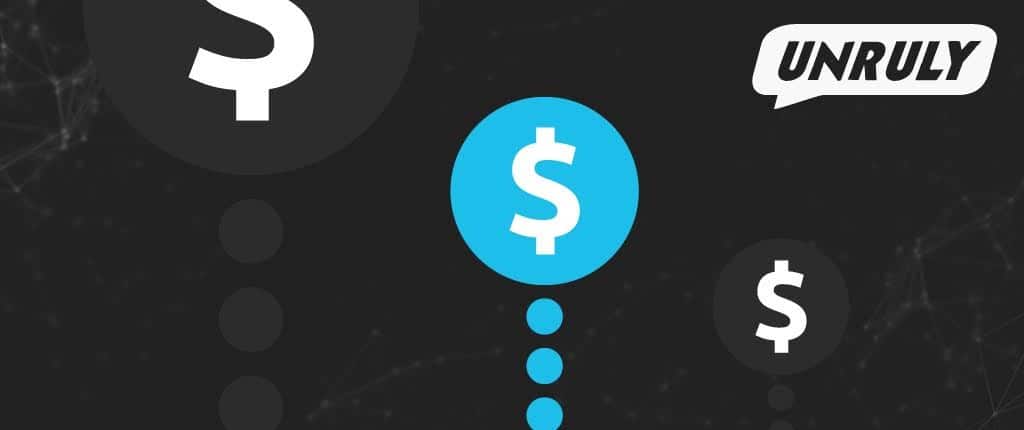8 More Things You Need To Know About Programmatic Video
Programmatic video is the fastest-growing category of programmatic buying, but a lot of marketers are still struggling to get to grips with the basics.
According to a recent study by Unruly, which polled 1,000 senior marketers in the UK and US, around half rate their programmatic video knowledge as ‘Average’, ‘Poor’ or ‘Very Poor’.
There’s clearly a knowledge gap between the programmatic front lines and everyday marketers, making 2015 a key year for programmatic education. As with any burgeoning new trend, one of the main causes of confusion is vocabulary.
Any discussion of the topic produces a web of jargon and acronyms that’s enough to send anyone running to Google. But fear not, this is easily solved.
Last week, we served up the first of our two-part handy guide to the most important programmatic video terms. Courtesy of Unruly co-founder and CTO, Matthew Cooke, here’s part two.
Enjoy!
8. What is a Supply-Side Platform?

Supply-Side Platforms, as the name handily suggests, service the supply side – the publishers. SSPs are often a combination of technology platform and managed service designed to help publishers maximize their ad sales. They usually have strong relationships with large publishers who don’t want to deal with the complicated and shifting landscape of exchanges, advertisers and DSPs (we’ll get there!).
SSPs have a technology platform that helps connect publishers’ sites to the widest range of advertiser demand such as ad exchange, ad networks and private marketplaces. Some SSPs will help publishers manage direct sold campaigns and modern SSPs will often support Real Time Buying (RTB). SSPs typically have higher gross margins than ad exchanges and provide many more features for publishers. As a result, SSPs do also have higher fixed costs than ad exchanges.
7. What are Audience Segments?

Audiences segmentation is the process of dividing people up into subgroups based on particular criteria. Those might be demographic groups (e.g. age, gender, education, income), behavioral or some other type of grouping. Unruly Custom Audiences goes one further by identifying which groups are most likely to be emotionally engaged by a specific video ad.
In the world of online advertising, data providers and data management platforms (DMPs) do their own audience segmentation. In practice, they tend to create audience segments based on the types of data they have brought or data they can easily collect. You can often get slightly different segments from the different data providers as there is no universally agreed set of segments. For instance, with age ranges, providers often pick similar but slightly different age ranges to group by.
6. What Is User Matching / Cookie Matching?

Data providers like Bluekai and Lotame work with website owners to anonymously collect data about web users. They don’t hold personally identifiable information about the user, such as their name or address, instead they makes up a unique identifier for every user. DSPs, SSPs and ad exchanges also need to identify web users and they create their own unique identifier for each user.
It is important to understand that every company makes up their own unique identifiers for each user. They are not using the same identifiers.
5. What is a Data Management Platform (DMP)?

Data Management Platforms store data about internet users and provide access to that data so it’s possible to both understand and target online audiences. They are like a big online database that can be plugged into many different types of platforms, such as SSPs, DSPs, publisher ad servers or directly into sites.
Thy can hold any type of data about users that is available, but it’s common for them to collect, demographic, behavioural and location data from a variety of data providers. DMPs can also store first party data.
4. What is the Floor Price?

The floor price is the minimum price a seller is willing to accept for an item being auctioned.
In the programmatic world you might hear someone say, “That publisher has a floor of $5 CPM.”
So what does that mean? Floor is simply short hand for “floor price”. CPM stands for “Cost per thousand”. The “M” is actually from the Roman Mile, which is 1,000 paces.
3. What is a Private Marketplace?

A private marketplace is the name for an auction where the seller only allows certain pre-agreed bidders to participate. It’s sometimes referred to as a “private auction” or “private exchange”, and is different to an “open auction”, where any interested buyer is allowed to place bids.
Many major ad exchanges and supply side platforms sell inventory via RTB-supported private marketplaces. Although the term “private exchange” makes it sound like the exchange is itself private, it’s generally the case that the platforms will support both open and private auctions. In some cases, inventory might be available to select buyers initially through a private auction, but if impressions are left unsold it will then go to an open auction.
2. What is a Demand-Side Platform?

A demand side platform allows allows advertisers to launch and manage online ad campaigns across exchanges or Supply Side Platforms (SSPs) and enabled buyers to perform audience targeting and optimisation.
Whilst SSPs are focused on the supply side and the needs of publishers, DSPs are focused on the demand side and the needs of advertisers. Just as SSPs tend to charge only the publisher, DSPs usually charge only the advertiser.
1. What Are Auctions/ Second Price Auctions?

In the programmatic landscape, many ad exchanges and Supply Side Platforms auction off every individual ad space on publishers’ websites to buyers wanting to place an advert.
This process is similar to how things get auctioned at Ebay, except the auction takes place in a fraction of a second, using computers to bid on the buyer’s behalf.
[pardot-form id=”4852″ title=”Whitepaper & Insight Sign Up”]
